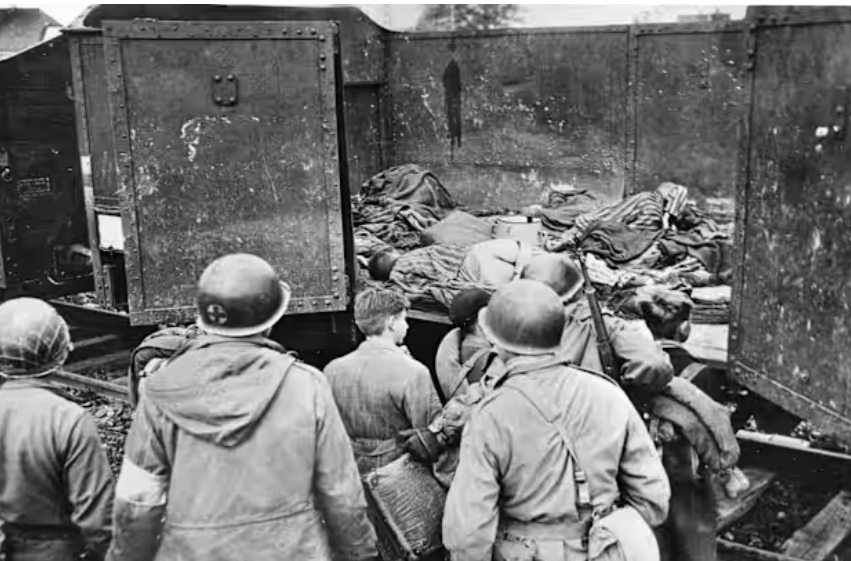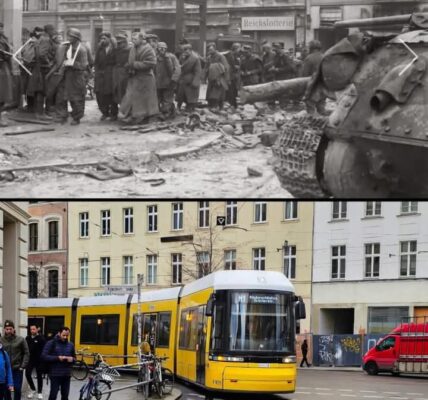Between 1941 and 1945, the Nazi regime systematically murdered approximately six million Jews and millions of other victims—including Sinti and Roma, political opponents, homosexuals, and people with disabilities. These crimes were committed in concentration and extermination camps such as Auschwitz, Treblinka, and Sobibor.
Today, memorials, eyewitness accounts, and historical recordings commemorate the immeasurable suffering of the victims—and serve as a reminder that history must never be forgotten.
Today, memorials, eyewitness accounts, and historical recordings commemorate the immeasurable suffering of the victims—and serve as a reminder that history must never be forgotten.

The Auschwitz camp in April 2015. Almost 1.3 million people were deported to the camp and more than 1.1 million died.
Survivors of the Wobbelin concentration camp in northern Germany were found by the 9th U.S. Army in May 1945. Here, a man breaks down in tears when he learns he cannot leave with the first group to the hospital.

Prosthetic legs and crutches are part of a permanent exhibition at the Auschwitz Museum.
A pile of shoes is also part of the Auschwitz Museum.






